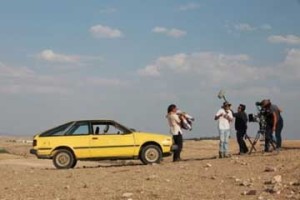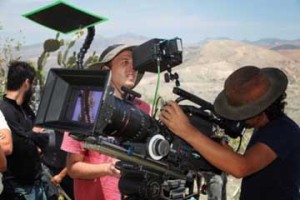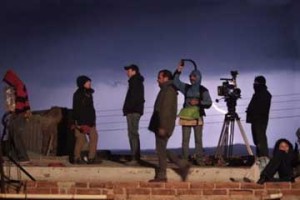
Set in Escalante’s home state of Guanajuato in central Mexico, Heli, tells a tale steeped in the violence and social disorder of the country’s drug war. The film’s title character is a working-class man, struggling to support his extended family, who becomes unwittingly drawn into the cocaine trade with devastating consequences.
The film was shot by veteran cinematographer Lorenzo Hagerman, (Presumed Guilty, Which Way Home) and he felt that the Codex/ARRIRAW workflow was essential to capturing the rawness and nuance of Escalante’s story.
“As a cinematographer, I always want to capture as much information as I can; it’s a matter of subtlety, the little things that register in the image,” Hagerman said. “When you use compression – slight degradations in light, little changes in color – can get lost. You may have two pixels side by side with slightly different values, but compression records them as the same, round number. You may not immediately see the difference, but you feel it. It’s there.”

Hagerman shot Heli almost exclusively with available light. Some night-time exteriors were shot using only an ordinary 60-watt light bulb for fill. The cinematographer noted that he has come to prefer working with natural lighting through his documentary work, and insists that it is part of what gives Heli its visceral feeling of truthfulness and immediacy.
“The light in Mexico is very contrasty,” he said. “This is not Scandinavia where you have 12 hours of twilight. The light is rushed, harsh, especially in Guanajuato, which is in the mountains. The land is high and the sun is tough.” The Codex/ARRIRAW workflow enabled Hagerman to capture the often barely perceptible variegations in the landscape and the sky, which have symbolic roles in the film.

“I was very lucky to work with a production company – Mantarraya Producciones – that was not only concerned with making a film, but with making the best film possible, creatively and technically,” he said. “It’s essential to use the best tools, when you want to make a film that will last forever.”





